Are you worried that bacteria could be lurking in your well water and making your family sick?
How Do I Prevent Bacteria In My Well Water?
You rely on your well for drinking, cooking, bathing, and watering. Keeping bacteria out of your well water means protecting your health and maintaining your home systems. This article walks you through causes, prevention, testing, treatment, and practical maintenance so you can take confident steps to keep your water safe.
Why bacteria in a well matters
Bacterial contamination can cause gastrointestinal illness, skin problems, and other infections. Even if the water looks and smells normal, invisible bacteria can be present. You need reliable testing and preventive measures to reduce risk and to respond promptly if contamination occurs.
Understand how wells get contaminated
You should know the common ways bacteria enter wells so you can address weak points.
- Surface runoff after heavy rain can carry bacteria from animal waste and septic systems into poorly sealed wells.
- Faulty or aging well casing, caps, or grout can allow direct entry of surface water or soil into the aquifer near the well.
- Proximity to septic tanks, leaching fields, livestock pens, or manure piles increases contamination risk.
- Flooding or broken pipes and pressure tanks can introduce contamination.
- Improper well construction or location (low-lying areas, near drainage) can increase vulnerability.
Common types of bacterial contaminants
Knowing which bacteria are tested for helps you interpret results and select treatments.
- Total coliforms: an indicator group; presence suggests contamination pathways exist.
- Fecal coliforms and Escherichia coli (E. coli): indicate fecal contamination and higher health risk.
- Heterotrophic plate count (HPC): general measure of bacteria in water; high counts alone don’t always mean pathogens are present, but sharp increases can signal a problem.
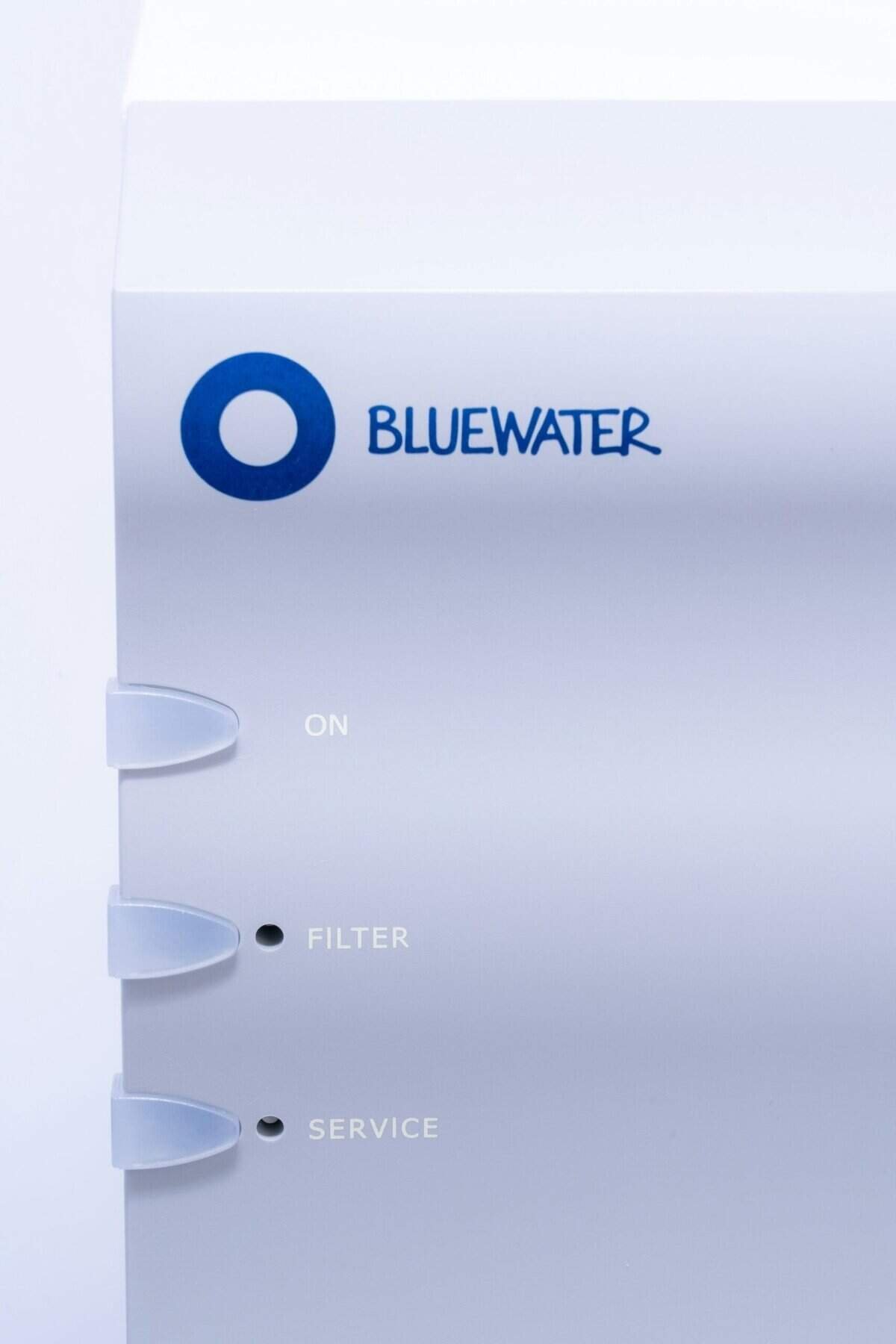
Test your well water regularly
Testing is the cornerstone of prevention. You can’t manage what you don’t measure.
- Test at least once a year for total coliforms and E. coli.
- Test after events that may affect your well: heavy flooding, well servicing or repairs, septic system work, new livestock operations nearby, or changes in taste, smell, or clarity.
- Test more frequently if you have infants, elderly people, pregnant people, or immunocompromised household members.
How to arrange testing
You should use a certified laboratory for bacteriological testing rather than home test strips for final decisions.
- Contact your local health department for a list of certified labs and instructions on sample collection.
- Follow lab instructions carefully—avoid contaminating the sample bottle, refrigerate promptly, and deliver samples within the recommended time window (usually 24 hours).
- Keep a record of all test results and date-stamped notes about activity near the well.
Well construction and placement — the first line of defense
The best time to prevent bacterial entry is when the well is built. If you already have a well, improvements can still dramatically reduce risk.
- Locate your well uphill and at least 50 feet away from potential contamination sources; distances should be greater from septic systems, livestock housing, and chemical storage.
- Ensure proper casing and grouting: casing should extend above ground level and be sealed; grout should prevent surface water migration along the well bore.
- Install a sanitary well cap or seal that prevents insects and small animals from entering.
- Use a concrete pad sloping away from the wellhead to channel surface water away.
Wellhead and cap maintenance
You should inspect the wellhead periodically and after storms.
- Check for cracks in the casing, a missing or loose cap, or gaps where the well enters the ground.
- Replace damaged caps and seal gaps immediately.
- Clear vegetation and debris from around the well so water drains away and you can see the well for inspections.
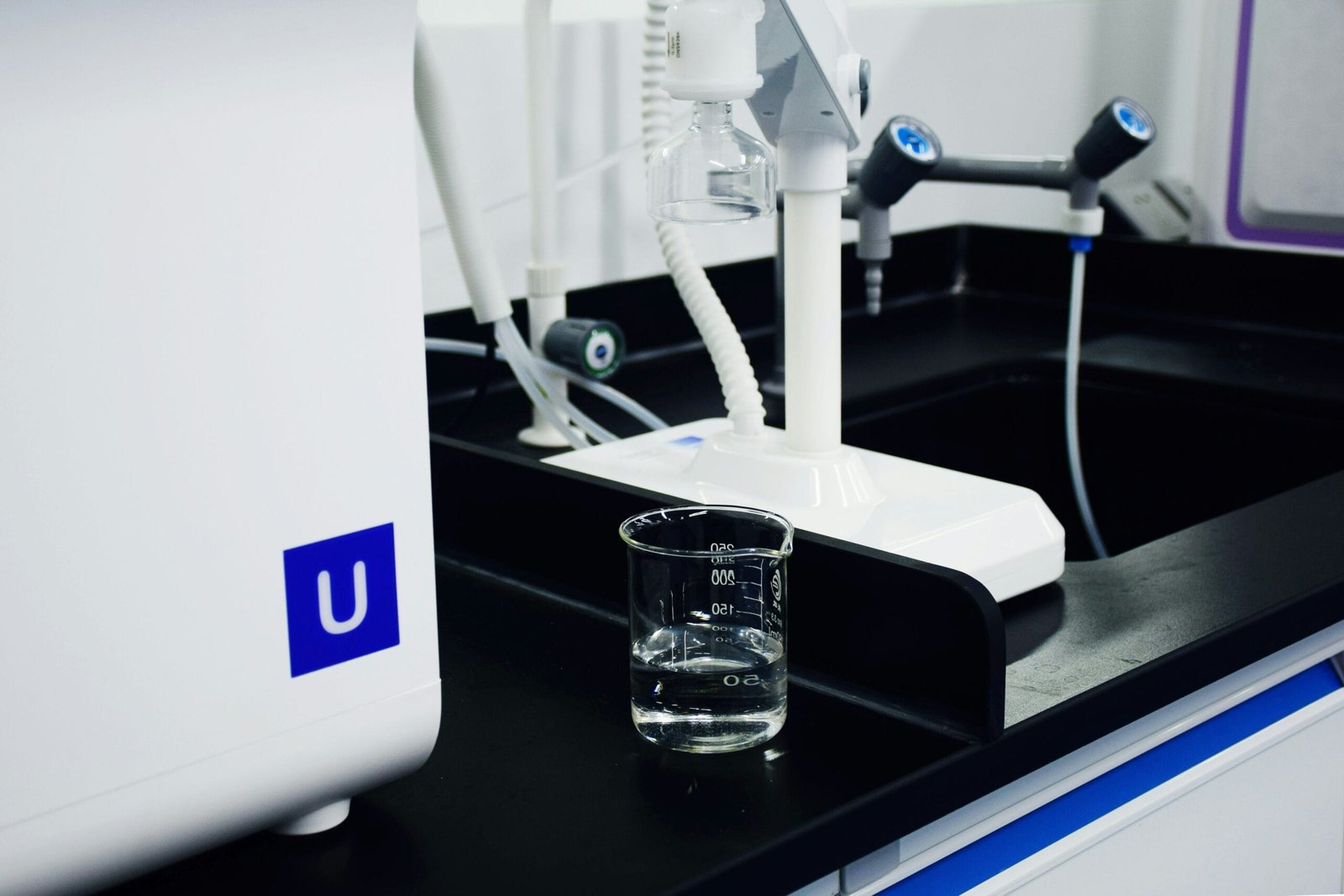
Keep septic systems and livestock managed
Septic systems and animals are common contamination sources — manage them proactively.
- Have your septic system inspected and pumped as recommended (usually every 3–5 years, depending on usage).
- Maintain at least recommended setback distances between wells and septic tanks or drain fields (local regulations may require greater distances).
- Keep livestock pens, manure piles, and poultry houses far from the well and uphill if possible. Contain and divert runoff from animal areas.
- Do not use or store fertilizers, pesticides, or petroleum products near your well.
Surface drainage and landscaping
You can modify the landscape to reduce contamination risks.
- Ensure the ground around the well slopes away at a minimum 6 inches within the first 10 feet so water drains away.
- Avoid planting deep-rooted trees immediately next to the well; roots can damage casings and piping.
- Use gravel and a concrete apron around the well to reduce erosion and pooling.
Maintain your system components
More than the well itself, equipment failures can allow contamination.
- Service and inspect pressure tanks, pumps, and pipes annually. Leaks and breaks can pull contaminated water into the system.
- Replace corroded or damaged pipe and fittings. Use appropriate materials for potable water.
- Keep stormwater drains, gutters, and sump discharges away from the wellhead.
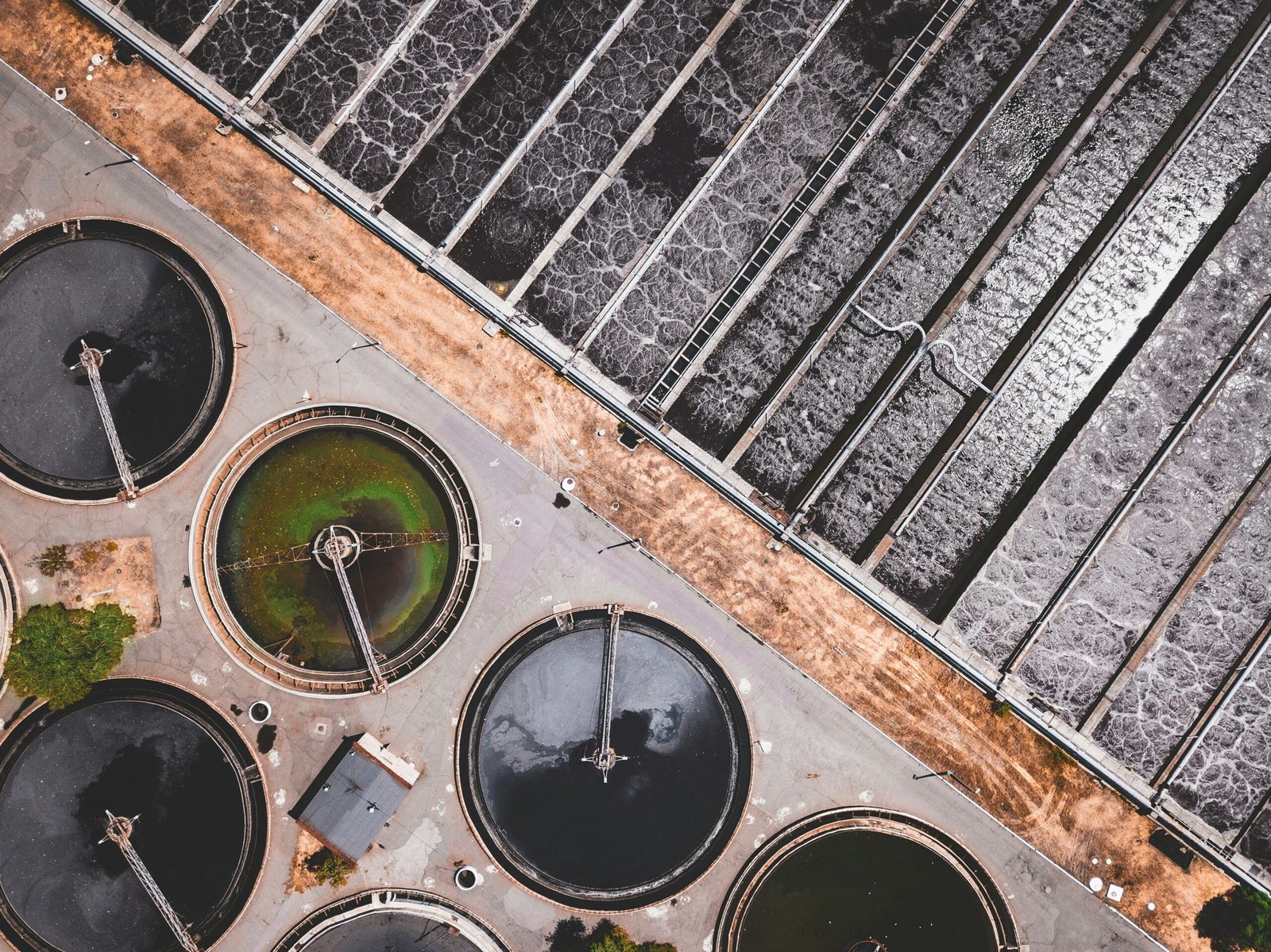
Disinfection: when and how to use it
Disinfection eliminates bacteria that are already in the well. Shock chlorination is a common method you can perform yourself if you follow instructions carefully; for complex systems or unclear sources, call a professional.
- Routine disinfecting is not needed unless tests show contamination or you’ve done repairs, replaced components, or experienced flooding.
- Shock chlorination temporarily kills bacteria and disinfects the well and plumbing but does not address ongoing contamination sources; fix the source first.
Shock chlorination: general steps
You should follow a clear procedure. If you’re uncomfortable handling concentrated bleach or working on the well, hire a licensed well contractor.
- Calculate the volume of water in the well and the target chlorine concentration (typical targets range from 50 ppm for routine disinfection to 200 ppm for severe contamination—check local guidance).
- Use unscented household bleach (sodium hypochlorite) with known percent active chlorine (commonly 5–6%).
- Mix and pour the bleach into the well or directly into the casing, then circulate the chlorinated water through all faucets and taps until you smell chlorine, to disinfect the plumbing.
- Let the system sit for an appropriate contact time—commonly 12–24 hours. Avoid drinking water or using it for cooking during this time.
- Flush the system at an appropriate location (away from septic systems, plants, and streams) until chlorine is no longer detectable and lab tests confirm bacteria are absent.
Important safety notes:
- Never mix bleach with acids or ammonia—dangerous gases can form.
- Use personal protective equipment: gloves and eye protection, and handle bleach in a well-ventilated area.
- Dispose of chlorinated water according to local regulations; do not contaminate surface water or fish habitats.
Calculating bleach amounts (method, with example)
You should calculate accurately; here’s a reliable method using concentration math.
Step-by-step method:
- Convert well volume in gallons to liters:
- liters = gallons × 3.785
- Choose your target concentration in ppm (mg/L). For example, 50 ppm is typical for lower-level disinfection; 200 ppm is used for severe contamination.
- Calculate total mg of chlorine needed:
- total mg = target ppm × liters
- Determine the concentration of your bleach product in mg per mL:
- For 5.25% bleach: 5.25 g per 100 mL = 52.5 mg per mL
- Volume of bleach in mL required:
- mL bleach = total mg ÷ mg per mL
Example:
- If your well plus plumbing holds 1,000 gallons: liters = 1,000 × 3.785 = 3,785 L
- For 50 ppm: total mg = 50 × 3,785 = 189,250 mg
- Using 5.25% bleach (52.5 mg/mL): mL bleach = 189,250 ÷ 52.5 ≈ 3,604 mL (≈ 3.6 L)
Always round up slightly for safety, and check local guidance. If you’re unsure of well capacity or plumbing volume, consult a professional.
Compare common treatment and disinfection options
This table helps you choose the right treatment based on the problem and your household needs.
| Method | What it treats | Advantages | Limitations |
|---|---|---|---|
| Shock chlorination (bleach) | Bacteria (coliform, E. coli), temporary disinfection | Inexpensive, widely available chemicals, can be DIY | Doesn’t prevent recontamination; strong odor; requires safe disposal of chlorine-laden water |
| Continuous chlorination | Bacteria, some viruses | Ongoing disinfection, easy to maintain consistent residual | Cost, can produce disinfection by-products (THMs) if high organic content |
| Ultraviolet (UV) disinfection | Bacteria and viruses | No chemicals, effective at inactivating pathogens | Requires pre-filtration for turbidity, no residual disinfectant (doesn’t protect against recontamination downstream) |
| Ozone | Strong oxidizer, broad-spectrum | Powerful disinfection, reduces odors and some organics | Complex equipment, cost, no residual, must manage off-gassing |
| Reverse osmosis (RO) | Many contaminants including some bacteria if properly maintained | High-quality water for drinking water points | Requires post-treatment or additional barriers for bacteria; doesn’t disinfect whole-house unless sized; wastes water |
| Ultrafiltration / membrane systems | Bacteria and many protozoa | Physical barrier to microbes | Membrane fouling, maintenance required |
| Chloramine (combined chlorine) | Continuous disinfection | Longer-lasting residual than free chlorine | More complex chemistry and potential taste issues; requires correct generation |
Choosing a treatment strategy
You should choose based on:
- The contamination source and type.
- Whether you need whole-house protection or point-of-use protection only (e.g., drinking water).
- Costs, maintenance capability, and local regulations.
- The presence of vulnerable household members.
For most private wells, a combination makes sense: fix the source, then use an appropriate ongoing disinfectant (continuous chlorination or UV with added residual) if needed.
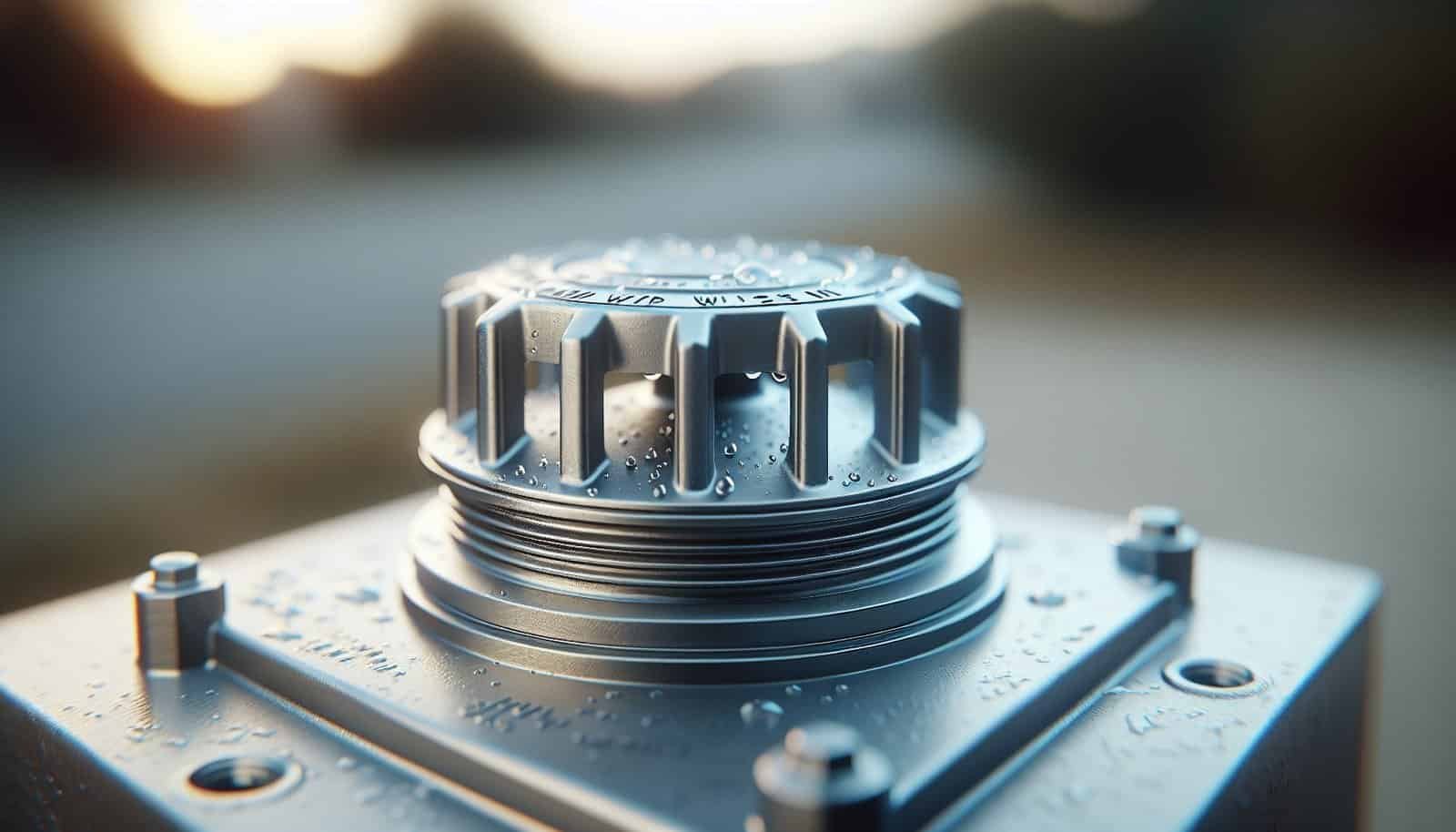
What to do if a test comes back positive
A positive bacterial test is actionable. Don’t panic, but act promptly.
- Stop using the water for drinking and cooking until you have safe water. Use bottled water or a known safe source.
- Shock chlorinate the well or engage a licensed professional to do so.
- Have follow-up testing done after treatment to confirm that bacteria are gone.
- Investigate and correct the contamination source: wellhead repairs, septic system maintenance, surface drainage, or nearby animal sources may be necessary.
When to call a professional
You should call a licensed well contractor or local health department if:
- You can’t find the contamination source.
- The well requires major repairs.
- You have repeated positive tests despite corrective actions.
- Your well construction is suspect (old casing, improper grout, poor placement).
- You prefer professional disinfection and post-treatment verification.
Preventive maintenance checklist
A simple checklist helps you stay on top of prevention. Review these items annually or more often if conditions change.
- Test for total coliforms and E. coli annually.
- Inspect well cap and casing for damage or gaps.
- Ensure the ground slopes away from the well and the area is free of pooling water.
- Maintain or repair concrete apron and well cap seals.
- Check pressure tanks, pumps, and visible piping for leaks or corrosion.
- Keep hazardous materials, livestock, and septic components at appropriate distances.
- Replace old well caps, seals, or damaged casings promptly.
- Keep a log of tests, repairs, and maintenance events.
Record-keeping and local contacts
You should keep a binder or digital folder with:
- Well construction records and well log.
- Annual testing results.
- Maintenance and repair receipts.
- Contact information for local health departments and certified labs.
Your local health department is a key resource for guidance on set-back distances, testing, and approved treatment personnel.
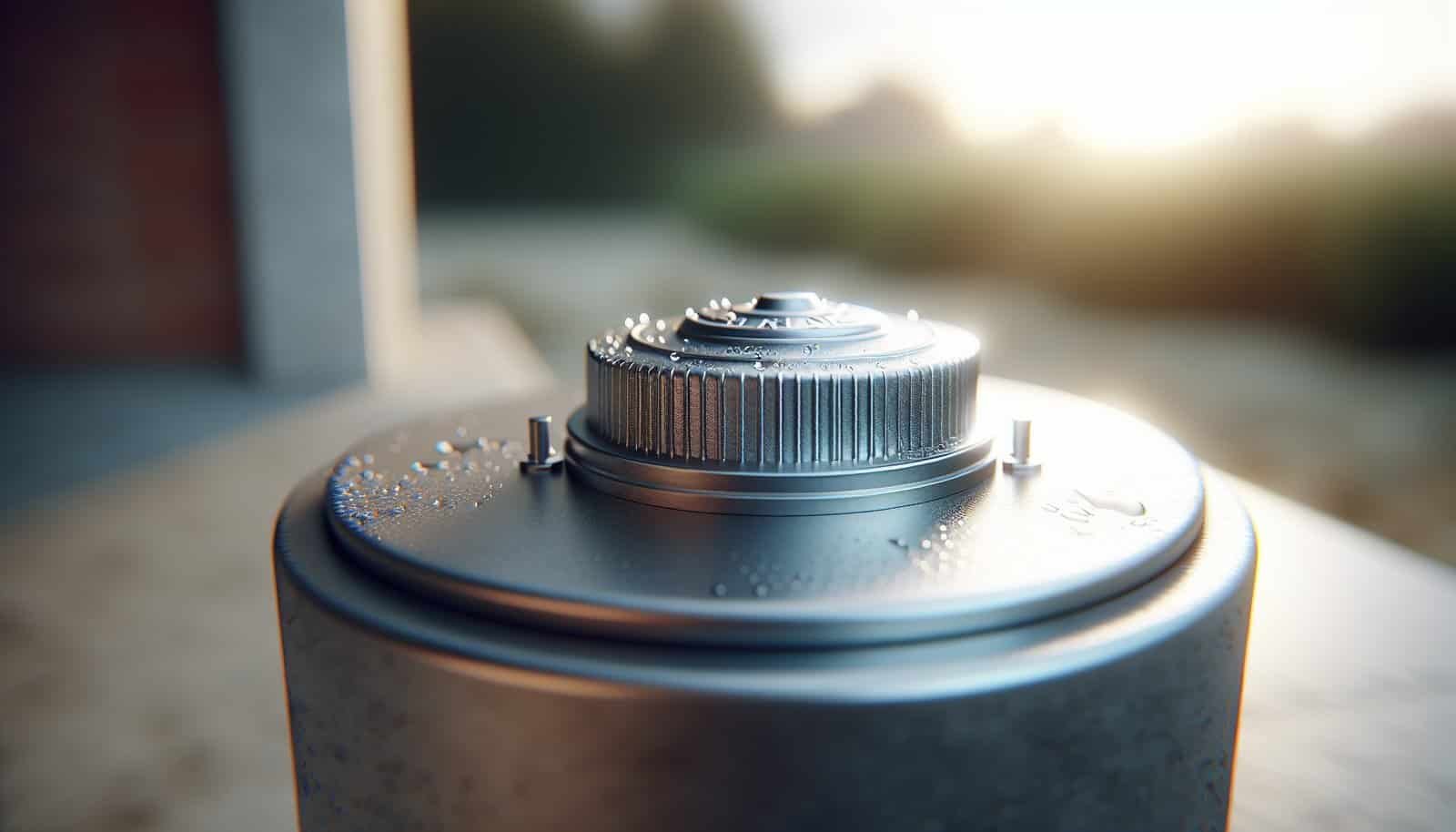
Managing risk during floods and heavy storms
Floods are high-risk events for bacterial contamination. Have a plan so you can respond quickly.
- If your well is submerged or you suspect floodwater reached the wellhead, do not use the water until it’s tested and confirmed safe.
- Shock chlorinate after flood events and perform bacterial testing before returning to normal use.
- Raise wellheads or install barriers if flooding is a recurring risk and you can retrofit the site.
Safety for you and your family
Your water safety plan should include immediate-acting precautions for family members.
- If someone in your home shows symptoms such as diarrhea, nausea, or fever after using well water, stop using the well water for drinking and cooking and get medical advice.
- Boiling water (rolling boil for one minute, longer at high altitude) will kill bacteria for short-term emergency use but won’t remove chemical contamination.
- Store bottled water on hand for emergency use if you’re in an area prone to storms or power outages.
Costs and budgeting
You should budget for regular testing, maintenance, and potential treatment upgrades.
- Annual bacterial testing is relatively inexpensive (often $20–$75 depending on region and lab).
- Shock chlorination can be very low cost if you do it yourself (cost of bleach), but professional services cost more.
- Continuous chlorination systems, UV systems, or filtration upgrades can range from a few hundred to several thousand dollars depending on capacity and features.
- Factor in the cost of periodic maintenance (lamp replacement for UV, filter cartridges, pump servicing).
Summary: practical steps to prevent bacteria in your well water
You can significantly reduce the risk of bacterial contamination by combining good practices:
- Test your water regularly and after risk events.
- Keep the wellhead sealed and the surrounding area draining away.
- Maintain septic systems and keep livestock and wastewater away from the well.
- Repair or replace damaged casings, caps, and pipes promptly.
- Use shock chlorination when contamination is detected, and consider ongoing disinfection if contamination risk remains.
- Rely on certified labs and licensed professionals for testing and major repairs.
- Maintain records and plan for emergencies.
Final recommendations and where to get help
You should act proactively: schedule your next annual test, inspect your wellhead this season, and locate local resources now so you can respond quickly if a problem appears.
- Contact your local health department for certified lab lists, testing protocols, and local setback requirements.
- Use licensed well drillers and certified water treatment professionals for construction, repairs, and permanent treatment system installation.
- Document all tests and maintenance so you can show history to future buyers or contractors.
If you want, I can help you create a customized inspection checklist for your specific well setup, calculate bleach volumes for a chosen shock concentration based on your well capacity, or draft a list of questions to ask a local well contractor. Which would you like to do next?
